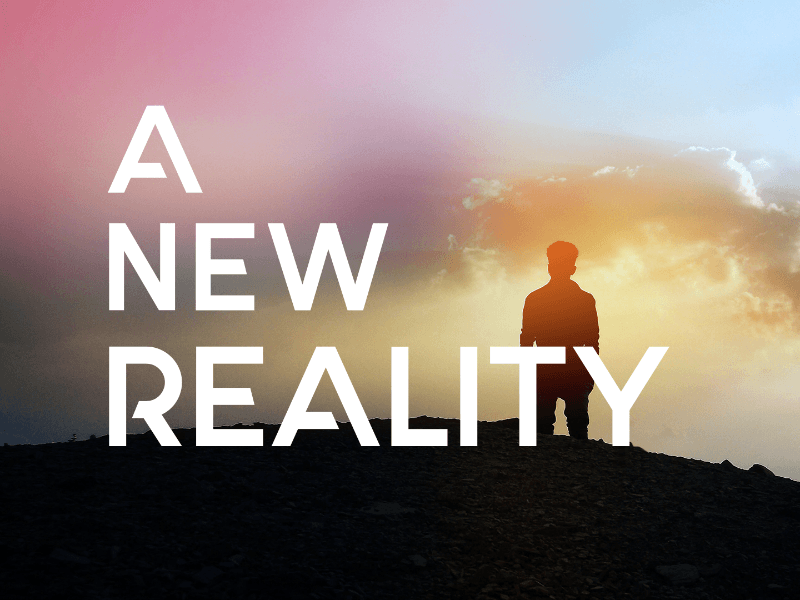If you are in the coaching industry or you are a team leader and want to mentor your team, then you must know about the Grow model of coaching and mentoring. It is the most widely used model in coaching.
So in this blog, I will fully explain to you the Grow model and how you can use it for coaching and mentoring?
WHAT’S IN IT
History

The Grow model was developed by three business coaches Sir John Whitmore, Alan Fine, and Graham Alexander. Although the model was believed to be developed in the 1980s by them, it was published by Sir John Whitmore in his book “Coaching for Performance” in 1992.
What is the Grow model of Coaching and Mentoring?
The grow model can help you structure a coaching conversation. However, it does not include advising someone; instead, it focuses on assisting them in finding their answers themselves by asking insightful questions.
You need not be the expert in your client’s domain to coach him/her. Still, you can address their queries if you have very little or no knowledge of their field.
Stages of Grow model
The grow word in the Grow model is an acronym of four words.
G – Goal
R – Reality
O – Options
W- Will do/ Way forward
Also, these four words are the stages that you need to follow while coaching and mentoring your client or team member.
So, now let’s understand all these stages in detail.
Stage-1: Goal
So, in the first stage of the grow model, you need to ask your client about their goal. There are three types of goals:
- Dream: This is a long term goal like wanting to become financially independent, want to get a change in the world, etc. Certainly, it is quite broad in general.
- End Goal: It is a significant objective that your client wants to achieve. For example, they are becoming the CEO of their company, starting their business, winning a sports competition, etc.
- Performance Goal: This can include getting many sales in a business context. Also, it can be running 1 Km in 2min in the sports context, etc.
However, when it comes to performance goals, ensure that they are SMART. In short, SMART means their goals should be Specific, measurable, Agreed, Realistic, and Time-phased.
Stage-2: Reality

Secondly, now after identifying the goal, you need to find the current situation of your client. So, in the second stage of the Grow model, you need to ask them questions so that they become aware of their current situation.
You can ask them questions like:
What results are you getting now?
What is the present level of performance?
How would you describe the present situation?
What is happening right now?
What is the impact of the results you are getting – for yourself, for others, for the organization?
What other factors are affecting the current situation?
By the end of the reality stage, your client or team member must be more aware; then, they were previously about the current issue. Also, this will increase their motivation to do something about their goal.
Stage 3: Options
The purpose of this stage for your clients is to generate ideas. But, the aim is not to find one right answer but to consider all possible solutions and options. In brief, generate as many options as possible.
Furthermore, ask your client to not look at an option as too ambitious or too risky or silly. However, remind them that everything is valid and worthy of consideration at this stage.
You can ask them questions like:
How can this goal be achieved?
How many options exist?
What other alternative options are there to solve the problem?
Who else could assist you with this?
Finally, once all the options have been created, your client can prioritize them. Moreover, they can do this by considering the cost and benefits of each option. Also, they can rate these options from 1 to 10. After the prioritization, they will choose what they want to do.
Stage 4: Will
Finally, the last stage of the conversation comes in. This part of the discussion is particular about what action your client will take.
So, for this purpose you can ask them questions like:
What are you going to do?
When are you going to do it?
Will this action meet your goal?
What obstacles might you meet along the way?
What support do you need?
It is not mandatory to ask only these sets of questions, but rather, you should ask questions that you feel are appropriate.
While going through this part of the conversation, if you feel that your client is not that committed to taking action, then you need to go back to the goals and reality stages as a way of reminding them what they want to achieve.
Without your client taking action, this session will only remain a conversation and nothing more. Without their taking action, nothing will change for them.
A practical example of Grow model

Now let’s understand the Grow model with an example.
Stage-1
So, one of your friends was facing a problem. He has got a report to write and has to be done by next Friday and today is Sunday. But he is not getting time to write it because of lots of other works and meetings. Provided that, he will need a day to write the report. So herein, the goal is to write the report.
Stage-2
Now coming to the second stage, ask him questions about reality. So, he replied that on Monday and Tuesday, he has operations Like Team Building. Then on Wednesday, he has a meeting. Next, on Thursday, he has to do the work of checking emails and do some phone calls. So, he doesn’t have any time to write the report.
Stage-3
Now for the third stage, i.e., options ask him questions like what are the things that you could do to get this work done? So, he answered that the first option could be not to do the report. Secondly, he can ask his boss to change the deadline. Thirdly, he can cancel his Wednesday meeting or ask some of his colleagues to do the meeting in place of him. Fourthly, he can find someone else to write the report. Fifthly, he can write the report in his house at night.
So, going by the options, he doesn’t like option 1 and 2 as it can hamper his image in front of his boss. Also, he eliminates the fifth option as it will disturb his work-life balance. Also, he doesn’t find the option fourth good as it will take time to explain the report to someone; rather, he can write the report himself at that time. So, he finds the third option most suitable.
Stage-4
Finally, now it’s time for The fourth Stage, i.e., will. So, he decided to go with the third option of sending a colleague in place of him to the meeting.
Conclusion
Now, after reading the blog, I feel that you must have understood the Grow model of coaching and mentoring.
Let’s summarise all of what we have learned in this blog. So, the Grow model is a model used in coaching and mentoring. GROW is an acronym of Goal, Reality, Options, and Will, which represents the four stages of conversation while coaching using the Grow model.
Firstly, the goal means the objective your client wants to achieve or a problem they want to solve. Secondly, Reality is the current reality of their situation. Thirdly, Options are the paths they can choose to reach that goal or solve that problem. Finally, Will is to decide which option they will choose to achieve that goal.
Also You can Read our Blog on How To Be An Effective Coach And Mentor?
FAQ’s
Grow model was created in the 1980s by Sir John Whitmore, Alan Fine, and Graham Alexander. Moreover, they were all business coaches.
In short, the grow model stands for Goal, Reality, Options, and will.
Grow model is used in coaching and mentoring in helping a person to get his/her options and paths to solve a problem or achieve a goal.
Grow model can help you improve your performance as applying it will help you get to know about all the options and paths that you have to solve a problem or achieve a goal. Also, it will help you know about your current reality.
It was developed in the 1980s and was published in the book “Coaching for Performance” in 1992.
In this model, Goal stands for Goal, Reality, Options, and Will. So, firstly, choose a goal you want to achieve or a problem you want to solve. Next, understand our current reality as to where you stand now. Next, consider all the options that you have to attain that goal or solve that problem. Finally, choose the best option and implement it.



